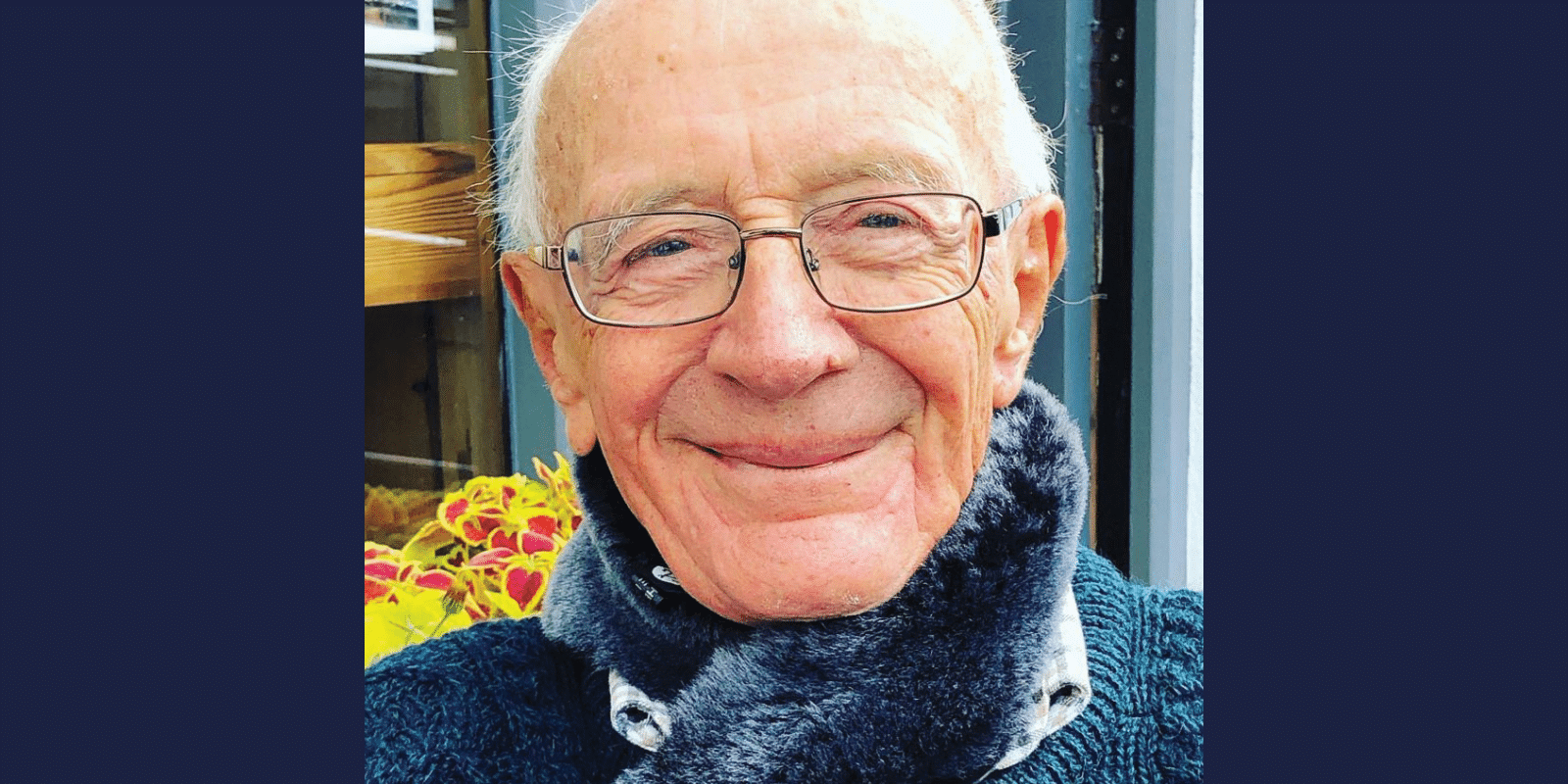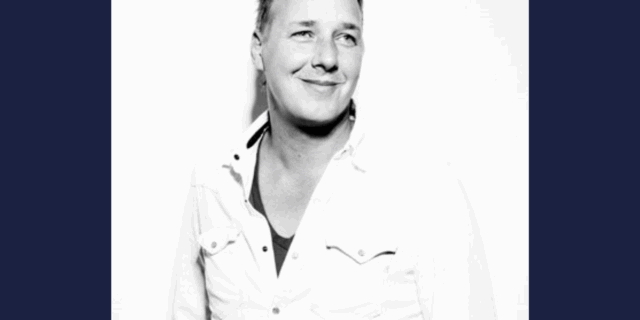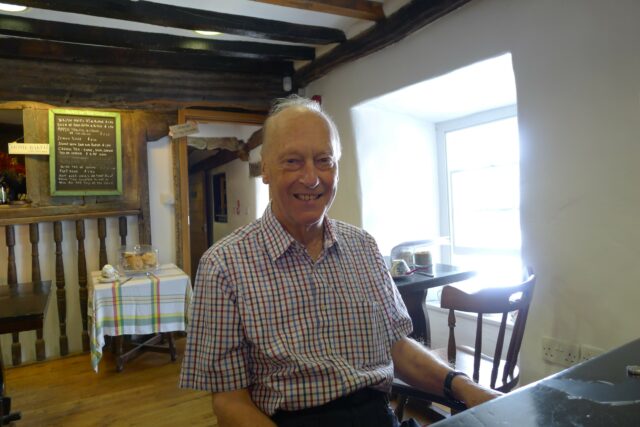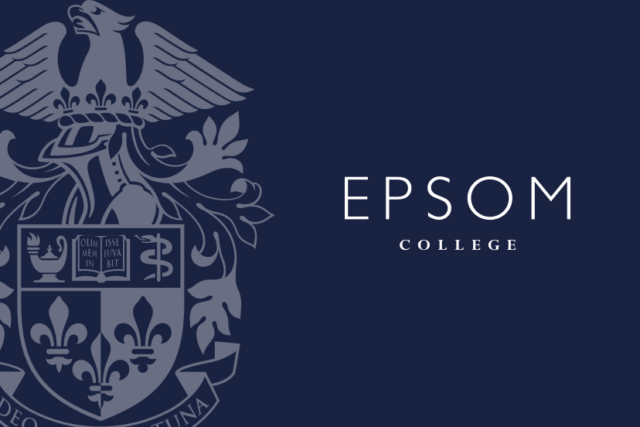By Tim’s son, John
Dr ‘Tim’ Gimlette, who died aged 95 on 16 November 2022, was a pioneer of nuclear medicine. During his National Service as a junior Army doctor, he spent a year as part of the medical team at Berlin’s Spandau Prison, tending the last of the senior Nazis.
Spandau’s seven war criminals included Albert Speer, Hitler’s architect, Grand Admiral Donitz, and the Fuhrer’s Deputy, Rudolf Hess, and Tim remembered them as fractious and dysfunctional.
Thomas Gimlette was born on 7 January 1927 in Wiesbaden, Germany, where his father, also a physician, was serving with the Army of Occupation. When Tim was two, the family moved to India, which he always loved despite the dysentery, marauding leopards and nursery school, from which he was expelled for disobedience.
He had an engaging, and often eccentric, array of relatives. His favourite was his grandfather, Surgeon Rear Admiral Sir Thomas Gimlette (who had given his name to the gin-based cocktail). The old admiral encouraged naughtiness, and, at lunchtime, he and Tim pounded each other with bread.
The next posting, Gibraltar, ended with an unforgettable voyage in 1939. Tim, then 12, was sent back to Epsom on RMS Montcalm. Although it could accommodate 1,500, there were only five other passengers, including an admiral, a colonel and an Australian naval commander. For nine days they zigzagged up the Atlantic, wary of U-boats. But everyone got on famously, playing deck quoits all day, and, each evening, dining at the Captain’s table (“Fried sole, roast turkey and peach melba”). The affable colonel, who had commanded the Gibraltar batteries, taught Gimlette knots and splices. When Liverpool appeared, plunged in blackout, it was an anti-climax.
After Epsom, Tim studied Medicine at Cambridge. He then went to St Thomas’ Hospital. Following National Service, he returned there in 1953, and, by the end of the decade, he’d developed an interest in the thyroid gland.
Appointed to run the Isotope Laboratory, Tim became increasingly involved in the use of radioisotopes for diagnostic purposes, later known as ‘nuclear medicine’. Against establishment scepticism, he found that pushing the boundaries paid off. It was a field of brilliant innovators, both physicians and physicists, including John Mallard, who helped develop nuclear magnetic imaging, and Ian Donald, who, said Tim, “virtually invented the medical use of ultrasound”. In 1966, a group of them founded the British Nuclear Medicine Society (BNMS), now the professional body for over
600 specialists.
In 1973, Tim became a Fellow of the Royal College of Physicians, and, the following year, was elected President of the BNMS. He also delivered papers at international conferences. His last, before he retired in 1989, was written for a Russian colleague, and, much to Tim’s amusement, it was published in the USSR with some of the illustrations upside down.
A man of modesty and humour, Tim maintained a wide circle of friends from all walks of life. In retirement, he enjoyed travel, painting and conservation. He leaves behind a wood in Cheshire, whose 2,000 trees he planted all by himself. In 1957 Tim married Ruth Curwen, who predeceased him. He is survived by their daughter and three sons.





